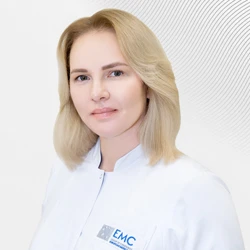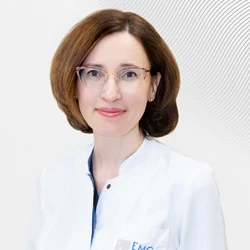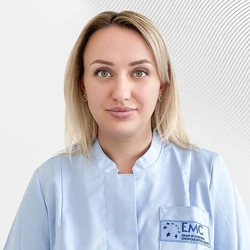A three-year-old girl was admitted to the intensive care unit due to severe skin manifestations and various internal organ disorders.
Background
At three months old, the child had his first skin rashes, which were initially mistaken for atopic dermatitis, the most common skin disease in children, accompanied by itching. The pediatrician prescribed a corticosteroid cream and an antiallergic drug. The effect was positive.
Development of events
At the age of two, the girl twice had a severe, life–threatening reaction to the drug - Lyell's syndrome. The upper part of the skin was torn off over a large area of the body. Both times, the reaction was associated with taking an antibiotic of the same group. Soon after recovery, redness and peeling began to appear on the skin. Mom did not go to the doctor, and after 3 months the girl was back in the intensive care unit in serious condition with redness and abundant peeling of the entire skin. The peeling was especially severe on the scalp. There was also a cough and difficulty breathing, although the X-ray showed no changes in the lungs. There were signs of inflammation in the blood test, and the Klebsiella microbe was sown in the urine culture.
The climax
As wet wheezing persisted and respiratory failure increased, the antibiotic azithromycin was prescribed. Against the background of treatment (prednisone, antihistamines, local treatment), there was a slight positive trend. But the rash increased again. Re-prescribed oral corticosteroid. Despite this, the lesion of all skin integuments developed. A more intensive course of intravenous treatment (pulse therapy with corticosteroid) was performed. The therapy had no effect: the itching and rashes intensified, and multiple small pustules appeared on the body.
Interchange
Mom and the girl went to our doctors. In consultation with a pediatrician, an intensive care specialist and a dermatologist, it was decided to carry out a seeding of pustules and a histological examination of a skin biopsy from the lesion. Epidermal staphylococcus was isolated from the pustules in the culture, the histological picture corresponded to pustular psoriasis.
Given the severity of the disease, Cyclosporine A was prescribed at a dose of 50 mg per day and a short course of antibiotics.
After two weeks of treatment, the pustules completely disappeared, and the rashes decreased significantly. The girl was advised to continue treatment with Cyclosporine A. A month after discharge, there were no rashes left on her skin.
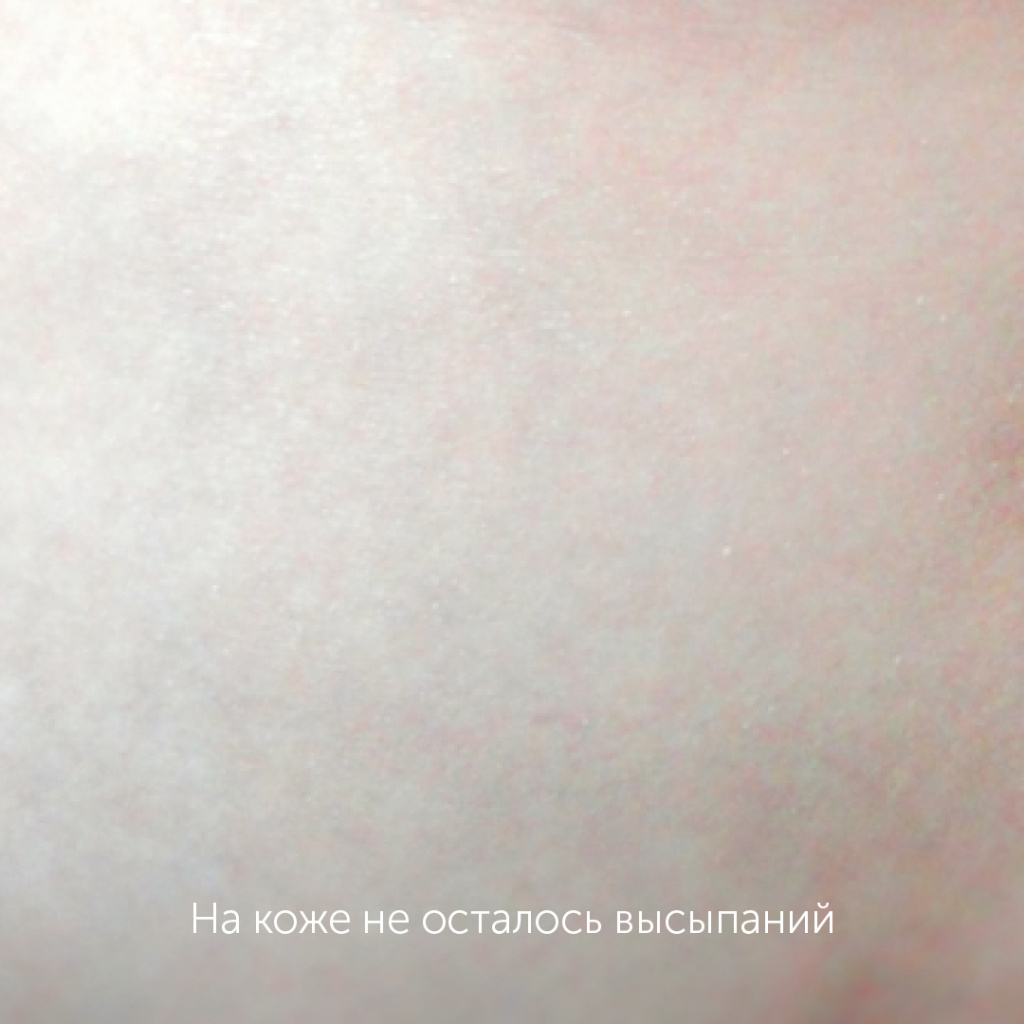
Drawing conclusions
Obviously, at the age of three months, the girl began to develop psoriasis. This is extremely rare in infants. Therefore, the rash was then mistaken for atopic dermatitis, which is more typical for this age. Corticosteroids, which were administered to the child first because of a severe reaction to medications, and later by mistake, led to an aggravation of psoriasis.
The EMC doctors managed to cope with a sharp exacerbation of psoriasis. In the future, it is important to see a dermatologist regularly to maintain good skin condition.









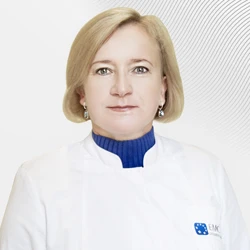
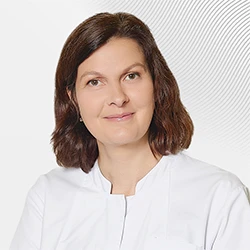


.webp)
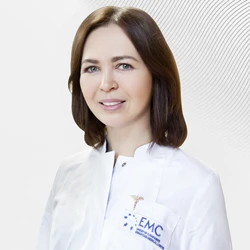

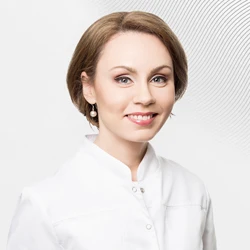

.webp)
